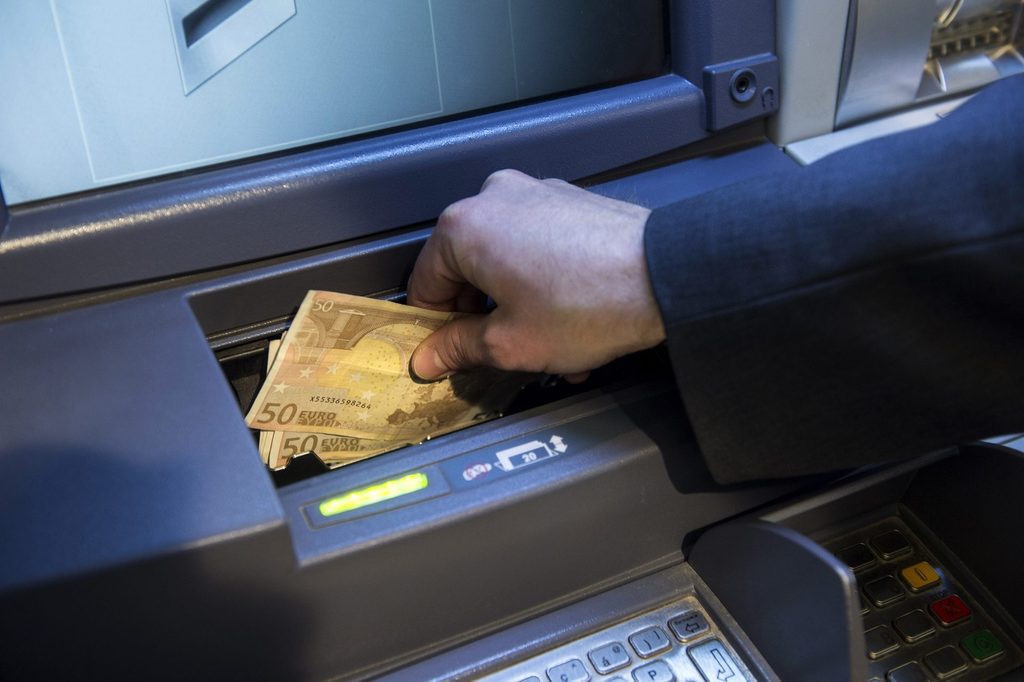As inflation continues to gnaw a hole in Belgian savings, many consumers are wondering which Belgian banks offer the best savings rates.
But with interest rates regularly updated and new saving offers introduced, learning how to figure out the best deal yourself is invaluable. According to consumer rights organisation Test Achats, the first step is simple but seems counterintuitive: don't just focus on the total savings rates.
Savings rates are typically divided into two components:
– a base rate, which is earned by account holders on all of their savings throughout the year;
– a fidelity premium rate, which savers typically only earn on funds left in their account for at least one year.
Together, the base rate and fidelity premium rate add up to give you the total savings rate.
Test Achats says that many consumers fail to grasp the importance of the fidelity premium rate. The organisation points out that the mere existence of a fidelity premium rate almost always means that savers won't earn the advertised total rate on their savings.
It clarifies that fidelity premiums are misleading as savers ultimately won't get the advertised interest rate unless they leave their money in the account for a very long time. "You are better off with a higher base rate and a lower fidelity rate," Test Achats spokesperson Julie Frère told The Brussels Times. "However, this is not well understood by consumers who 'fall' for the highest general rate (base + fidelity)."
A (relatively) simple explanation
To highlight the difference made by the fidelity rate, consider two fictional banks: Basic Bank and Fidel Bank. Basic Bank offers a base rate of 2% and a fidelity premium rate of 1%, giving a total savings rate of 3%. Fidel Bank offers a 1% base rate and a 2% fidelity premium rate, thereby also giving a total rate of 3%.
You deposit €300 in Basic Bank and €300 in Fidel Bank on 1 January 2023. Now consider the following two scenarios:
(1) You withdraw your funds exactly one year later (1 January 2024). In this scenario, the fidelity premium rates will apply to both accounts, meaning that you will earn the full 3% rate (i.e. €9) with both Basic and Fidel Bank.
(2) You withdraw your funds at any point before 1 January 2024. In this case, the withdrawal will occur before the fidelity premium rate has been activated, meaning you will earn twice as much on your Basic Bank funds. This is because at 2%, the base rate at Basic Bank is twice as high as the 1% base rate at Fidel Bank. (Another way to put this is to say that, in this scenario, the base rate at both banks just is the total rate.)
Now imagine a slightly more complicated (but more realistic) scenario, in which you make a second deposit of €300 in each bank on July 1 2023, in addition to the initial €300 deposits on 1 January 2023. Consider what will happen if:
(3) You withdraw both deposits on 1 January 2024. In this scenario, you will (as in scenario 1) earn €9 from both Basic Bank and Fidel Bank on your initial deposits. But for the second deposits, only the banks' respective base rates apply (much like in scenario 2). In other words, your second deposit will earn you twice as much at Basic Bank than it will at Fidel Bank (€3 vs €1.50). This means that at the end of the year you will have earned a total of €12 at Basic Bank but only €10.50 at Fidel Bank – equivalent to 14.3% more at Basic Bank than at Fidel Bank.
The cost of customer loyalty
Finally, consider Honest Bank which offers a base rate of 3% but no fidelity premium rate, thereby also giving a total rate of 3%.
- In scenario (1), a saver with Honest Bank will earn the same as a saver at Basic and Fidel Banks.
- In scenario (2), a saver at Honest Bank will earn one-and-a-half times more than a saver at Basic Bank, and three times more than a saver at Fidel Bank. (This is because the base rate at Honest Bank is one-and-a-half times greater than the base rate at Basic Bank and three times greater than at Fidel Bank.)
- In scenario (3), a saver at Honest Bank will earn €4.5 on their second deposit, meaning that they will end up with a total of €13.5 for both deposits: which is to say, 12.5% more than at Basic Bank and 28.6% more than at Fidel Bank.
The story obviously becomes more complicated for savers who deposit funds into their accounts every month or who regularly vary the amount they put in. But two outcomes remain the same:
Firstly, people who are looking to save money for less than a year will never earn the fidelity premium rate. Therefore, short-term savers should simply ignore the fidelity premium rate.
Second, savers who do keep their savings in their account for more than a year and who regularly add money to their account – which is to say, most savers – will never receive the "total" rate on their savings accounts. (In a sense, their earnings will never "catch up" with the total savings rate.)
This is why fidelity premium rates are misleading – and why the total rates usually are too.

